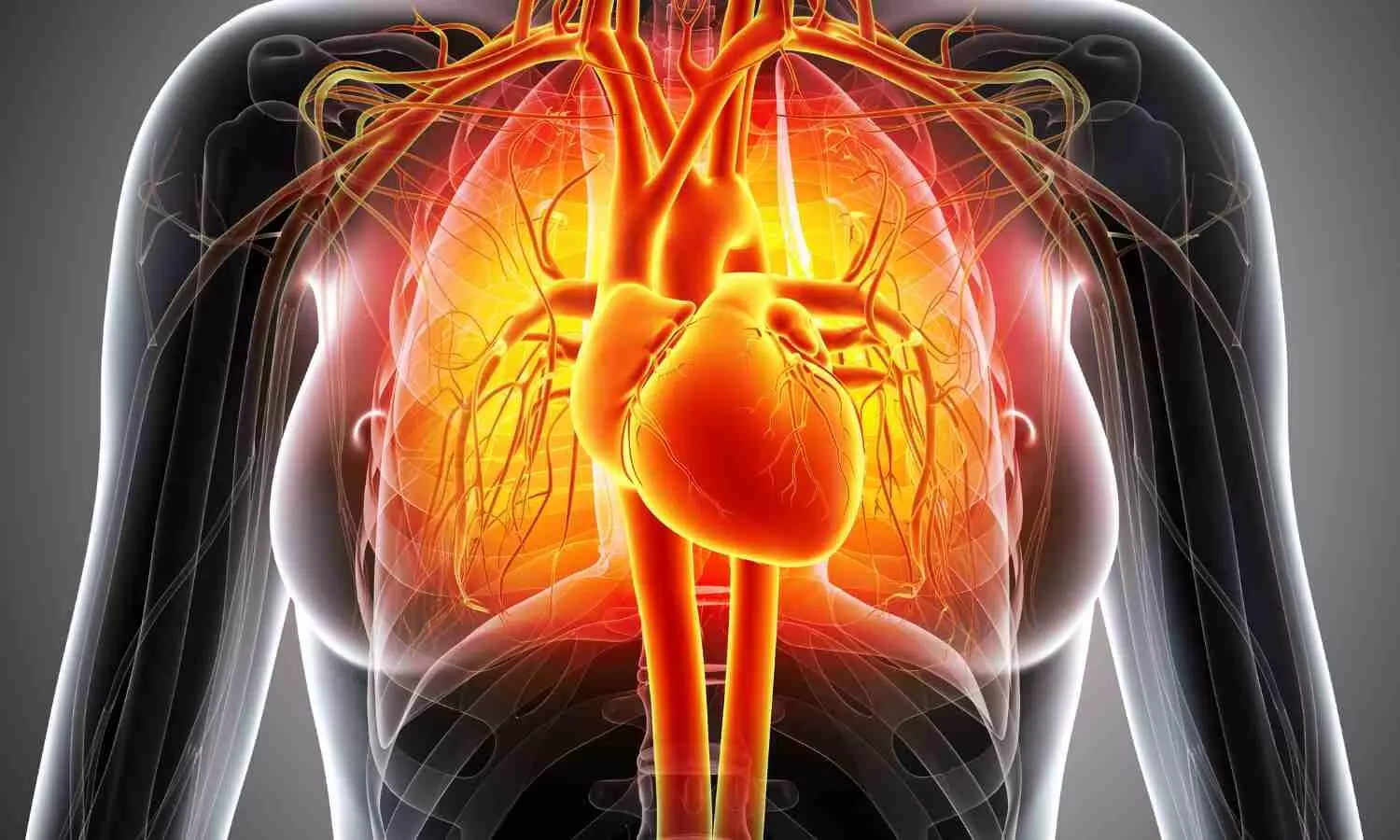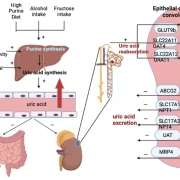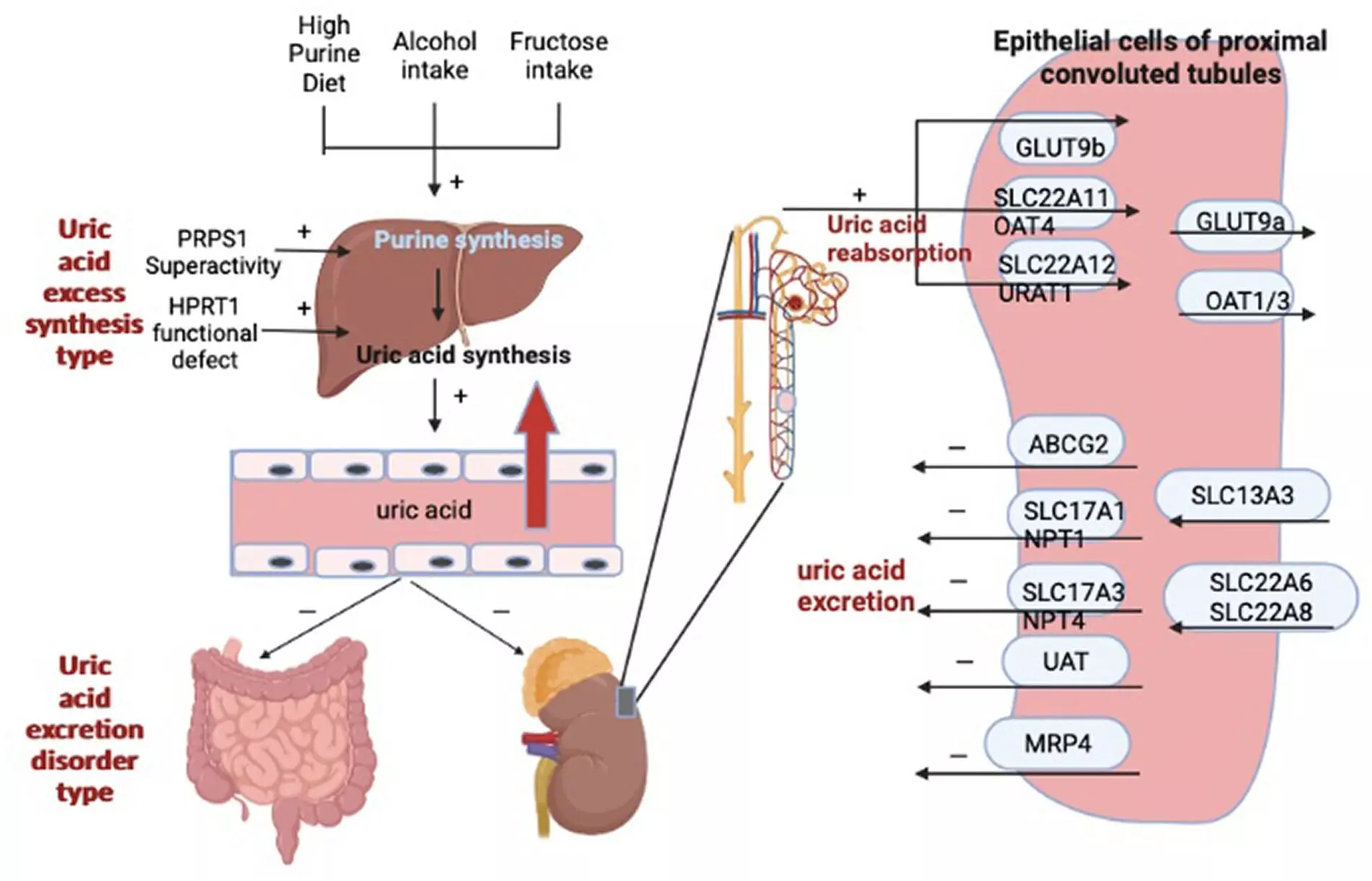USA: A single-tablet combination of macitentan and tadalafil (Opsynvi) has received approval from the US Food and Drug Administration (FDA) as the first treatment for patients with pulmonary arterial hypertension.
OPSYNVI® may be used in patients with PAH who are treatment-naïve or who are already on an ERA, PDE5 inhibitor or both. OPSYNVI® may be used in patients who are currently treated concomitantly with stable doses of macitentan 10 mg and tadalafil 40 mg (20 mg x 2) as separate tablets.
PAH is a rare, progressive and life-threatening blood vessel disorder characterized by the constriction of small pulmonary arteries and elevated blood pressure in the pulmonary circulation that eventually leads to right heart failure. An estimated 500 to 1,000 new cases of PAH are diagnosed each year in the U.S., classifying the disease as a rare condition.
The 2022 European Society of Cardiology (ESC) / European Respiratory Society (ERS) clinical guidelines recommend initial combination therapy of an ERA and a PDE5 inhibitor for patients with idiopathic PAH, heritable drug-associated PAH, or PAH-associated with connective tissue disease without cardiopulmonary comorbidities at low or intermediate risk.
“Clinical guidelines recommend treating patients with initial and sequential dual-combination therapy, regardless of risk at initial diagnosis and follow-up. Historically, this required patients to take multiple pills because no single-tablet combination therapy targeting two or more pathways was available,” said Kelly Chin, M.D., Professor of Internal Medicine and Director of the Pulmonary Hypertension Program at UT Southwestern Medical Center, and an investigator in the A DUE study.* “As administration of macitentan and tadalafil together are commonly prescribed for initial therapy for PAH, the introduction of a single tablet combining both is promising for clinicians treating patients as it may help bridge the gap between clinical guidelines and everyday clinical practice, while offering a patient-friendly approach to support initial combination therapy and rapid escalation for the appropriate patients.”
The FDA’s approval of OPSYNVI® is based on the results from the pivotal Phase 3 A DUE study, in which OPSYNVI® demonstrated greater reduction in Pulmonary Vascular Resistance (PVR) after 16 weeks versus tadalafil or macitentan monotherapy. OPSYNVI® has a Boxed Warning due to the risk of embryo-fetal toxicity and requires female patients to enroll in the Macitentan-Containing Products Risk Evaluation and Mitigation Strategy (REMS) program.
With the approval, Johnson & Johnson now offers a PAH portfolio addressing all three foundational and guideline-recommended pathways – nitric oxide, endothelin, and prostacyclin.
“People with PAH often live with the burden of taking many pills each day, which can pose challenges,” said James F. List, M.D., Ph.D., Global Therapeutic Area Head, whose team oversees a portfolio of programs including Pulmonary Hypertension at Johnson & Johnson. “We’re thrilled to bring this single tablet combination therapy to patients, as it has the potential to optimize disease management and fulfill a significant unmet need in supporting recently updated treatment guidelines that call for initial or early combination treatment.”
About OPSYNVI®
OPSYNVI® is a combination of macitentan, an endothelin receptor antagonist (ERA), and tadalafil, a phosphodiesterase 5 (PDE5) inhibitor indicated for the chronic treatment of pulmonary arterial hypertension (PAH, WHO Group I) in adult patients of WHO functional class (FC) II-III.
Individually, macitentan reduces the risk of clinical worsening events and hospitalization, and tadalafil improves exercise ability.
About the A DUE Study
The A DUE study was a double-blind, randomized, active-controlled, multi-center, adaptive, parallel-group study designed to compare the efficacy and safety of OPSYNVI® to macitentan and tadalafil monotherapies in adult patients with PAH (WHO FC II or III). The three-arm trial enrolled patients from across 76 sites in 16 countries/territories worldwide who were treatment-naïve or on a stable dose of an endothelin receptor antagonist (ERA), or a phosphodiesterase 5 (PDE5) inhibitor, for at least three months. The primary endpoint was change from baseline in PVR at the end of double-blind treatment at 16 weeks and was considered met if macitentan and tadalafil fixed-dose combination (FDC) treatment was superior to both monotherapies. Following the treatment period, patients transitioned to the open-label treatment period for 24 months.
INDICATION
OPSYNVI® is the combination of macitentan and tadalafil indicated for the chronic treatment of adults with pulmonary arterial hypertension (PAH, WHO Group I and WHO Functional Class [FC] II-III).
Individually, macitentan reduces the risk of clinical worsening events and hospitalization, and tadalafil improves exercise ability.




















